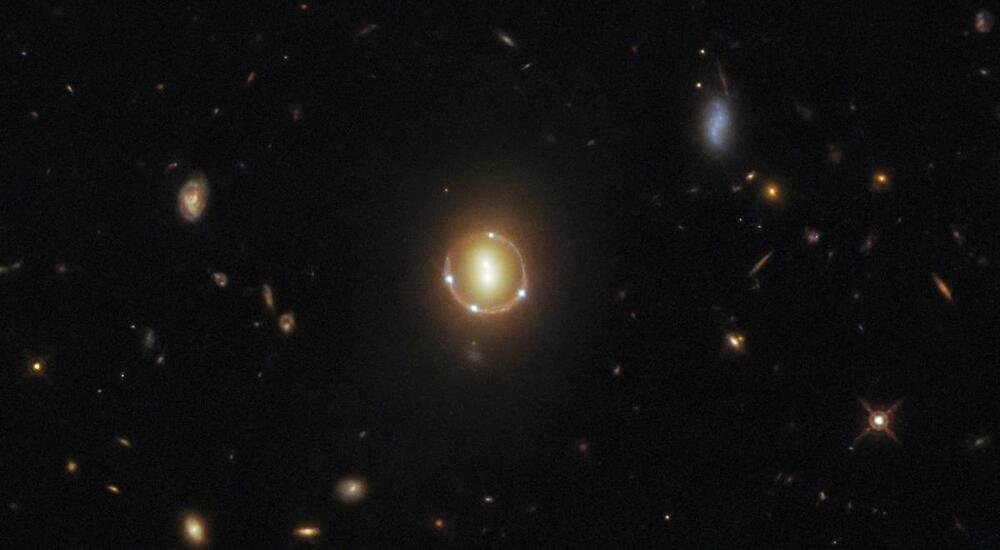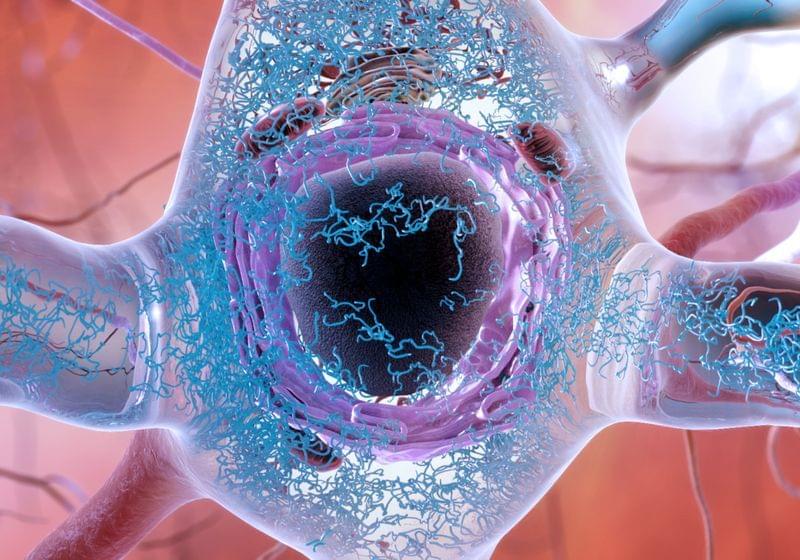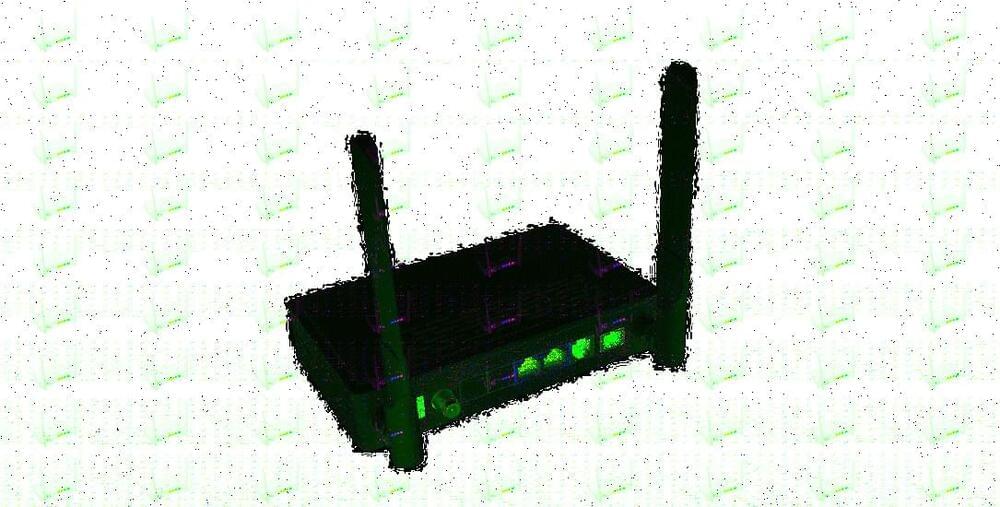https://www.futuretimeline.net/images/socialmedia/ Systems, a California-based developer of semiconductors and AI, has announced a new system that can support models of 120 trillion parameters in a single computer.


https://www.futuretimeline.net/images/socialmedia/ Systems, a California-based developer of semiconductors and AI, has announced a new system that can support models of 120 trillion parameters in a single computer.

A new photograph from the Hubble Space Telescope shows a stunning “Einstein Ring” billions of light-years from Earth — a phenomenon named after Albert Einstein, who predicted that gravity could bend light.
The round object at the center of the photograph released by the European Space Agency is actually three galaxies that appear as seven, with four separate images of the most distant of the galaxies forming a visible ring around the others.
The farthest galaxy — a special type of very bright galaxy with a gigantic black hole at its center known as a quasar — is about 15 billion light-years from Earth.

ABOVE: MAPT, one of the genes linked to both heavy drinking and neurodegenerative diseases, codes for the protein tau (blue in this illustration) inside a neuron. NATIONAL INSTITUTE ON AGING/ NATIONAL INSTITUTES OF HEALTH
Some genetic risk factors for alcohol use disorder overlap with those for neurodegenerative diseases like Alzheimer’s, scientists reported in Nature Communications on August 20. The study, which relied on a combination of genetic, transcriptomic, and epigenetic data, also offers insight into the molecular commonalities among these disorders, and their connections to immune disfunction.
“By meshing findings from genome wide association studies… ith gene expression in brain and other tissues, this new study has prioritized genes likely to harbor regulatory variants influencing risk of Alcohol Use Disorder,” writes David Goldman, a neurogenetics researcher at the National Institute on Alcohol Abuse and Alcoholism (NIAAA), in an email to The Scientist. “Several of these genes are also associated with neurodegenerative disorders—an intriguing connection because of alcohol’s ability to prematurely age the brain.”

Pico technology is hypothetical future level of technology which will revolutionized the scientist world. This technology is combination of pico and meter with scale of trillionths of a meter (10−12). This atomic and subatomic range particles reveals extraordinary properties and pave the way for tremendous applications [1].
The way lengths and angles attach together is the main determine of the materials properties. Alterable or reversible bonds distortions at pico-meter scale which changes the electronic conformation causes multiple properties for materials.
On the other hand, pico-scale particles changes the material properties by converting energy state of electrons within an atom. Physical and chemical properties of systems such as melting point, fluorescence, electrical conductivity, magnetic permeability, and chemical reactivity changes basically at pico-scale due to quantum effects of materials [2]. Moreover, surface energy of atoms increases by alternation of electron distribution and therefore, enhances protein and molecules adsorption on to materials. This privileges will resulting in tracing proteins, DNA and molecules and labeling them for various purpose.
It seems we have another accident involving a drone.
An Envoy Air passenger plane reported striking a drone while departing Chicago’s O’Hare Airport on Sunday, in what is the just most recent incident of uncrewed aerial vehicles (UAV) endangering commercial craft in restricted airspaces around the globe.
“Departure, Envoy 3,961 we just hit something,” a crew member is heard saying. “I believe we hit a drone about 30 seconds ago. We’d like to return to O’Hare.”

New research has found that artificial intelligence (AI) analyzing medical scans can identify the race of patients with an astonishing degree of accuracy, while their human counterparts cannot. With the Food and Drug Administration (FDA) approving more algorithms for medical use, the researchers are concerned that AI could end up perpetuating racial biases. They are especially concerned that they could not figure out precisely how the machine-learning models were able to identify race, even from heavily corrupted and low-resolution images.
In the study, published on pre-print service Arxiv, an international team of doctors investigated how deep learning models can detect race from medical images. Using private and public chest scans and self-reported data on race and ethnicity, they first assessed how accurate the algorithms were, before investigating the mechanism.
“We hypothesized that if the model was able to identify a patient’s race, this would suggest the models had implicitly learned to recognize racial information despite not being directly trained for that task,” the team wrote in their research.

A dangerous vulnerability in Realtek chipsets used in hundreds of thousands of smart devices from at least 65 vendors is currently under attack from a notorious DDoS botnet gang.
The attacks started last week, according to a report from IoT security firm SAM, and began just three days after fellow security firm IoT Inspector published details about the vulnerability on its blog.
Tracked as CVE-2021–35395, the vulnerability is part of four issues IoT Inspector researchers found in the software development kit (SDK) that ships with multiple Realtek chipsets (SoCs).

New information from a study reported in Stem Cells might result in more effective treatments for osteoarthritis and other cartilage diseases, as well as hereditary disorders affecting cartilage development. Their findings might also point to a new way to accelerate stem cell differentiation for bioengineering cartilage, the researchers say.

Learn More.
CNN International.
These cloned camels were created with cells from a ‘zoo’ of frozen specimens. The cell bank could one day be used to help preserve endangered species.
CNN explores how Dubai has developed into a hub for trade, finance and innovation, and is growing as a destination for business and leisure travelers.

https://buff.ly/3y6P5Zu #unmanned #Boeing #northropgrumman #aircraft
The Boeing-owned test Stingray, MQ-25 T1, passed fuel to an E-2D airborne early warning and control (AEW&C) receiver aircraft flown by the US Navy’s (USN’s) Air Test and Evaluation Squadron VX-20 during the event the day prior to the announcement.
“During a test flight from MidAmerica St Louis Airport on 18 August, pilots from VX-20 conducted a successful wake survey behind MQ-25 T1 to ensure performance and stability before making contact with T1’s aerial refuelling drogue. The E-2D received fuel from T1’s aerial refuelling store during the flight,” Boeing said.
This first contact for the Stingray unmanned tanker with an Advanced Hawkeye receiver aircraft came nearly three months after the first aerial refuelling test was performed on 4 June with a Boeing F/A-18F Super Hornet receiver. Both the Advanced Hawkeye and Super Hornet flights were conducted at operationally relevant speeds and altitudes, with both receiver aircraft performing manoeuvres in close proximity to the Stingray.